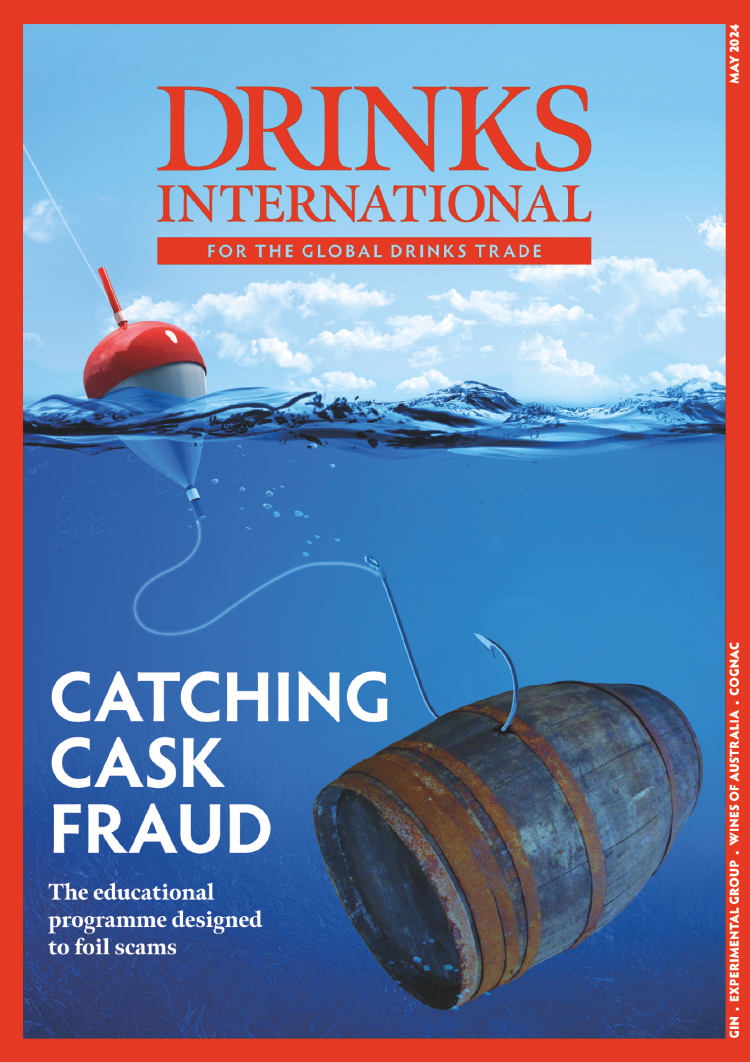
|
Gruppo Campari has become a major force in the global drinks industry. Patience Gould looks back on its humble beginnings
After Pernod Ricard’s takeover of the by-then struggling Allied Domecq back in 2005, it seemed the drinks world would be forever divided between the French multinational and Diageo. Aside from AD the pair had seen off the likes of Seagram and IDV (the merger of which created Diageo) and along the way had divested themselves of unwanted brands, so that by 2010 all the international brand movers and shakers were spoken for.
Well, that’s one way of looking at it. Another way would be to say that the dusting down of both Diageo and Pernod Ricard making them fit for global purpose has created a vacuum of opportunity for smaller players – and I’m thinking particularly of the likes of Campari.
I first visited Campari in the ’80s when it was essentially a two-brand company with the eponymous bitters aperitif and the premix Campari Soda taking centre stage. Over a delicious lunch in a restaurant situated in the middle of the Monza F1 racetrack – I hasten to add it was outside the F1 season - I was told that not a week went by without a letter from interested parties wanting to buy the company. Clearly they were all binned – the company had other ambitions.
So imagine how extraordinary it is for me, after some 30 years, to look at the company’s set-up today. Its wines, soft drinks and spirits operations span 190 countries and, headed by the spirits business which accounts for more than 70% of the Gruppo’s activity, Campari now has 50-plus brands in its portfolio, with sales according to its 2013 year results amounting to Ä1,524.1 million (+13.7%, organic growth +1.7%).
Expansion began in 1995 when the company acquired the Italian business of the Dutch Group Bols Wessanen. This brought a number of top names such as Crodino and Cynar to the game plan. Following on from this there was the strategic alliance with the US company of Skyy Vodka fame which bought the global distribution rights outside the US for the vodka. Then the company purchased the brandy Dreher, which underlined its presence in South America, in particular Brazil and Uruguay.
Expansion continued, including the acquisition of Barbero, the producer of Aperol – a low in alcohol bitters aperitif and the perfect sister brand for Campari. In 2006 Glen Grant came into the stable, but three years on the company made its biggest acquisition to date that of the iconic Wild Turkey bourbon, which at a stroke strengthened its share of the premium spirits market Stateside as well as in Japan and Australia.
The Irish liqueurs Carolans along with Irish Mist and the Italian hazelnut liqueur Frangelico followed suit and, most recently, the Appleton rums have joined the family, while on the eve of announcing its results in March this year, came the acquisition of the Canadian producer Forty Creek Distillery, deemed the “perfect fit” with the company’s strategy of “brand acquired and route-to-market”.


